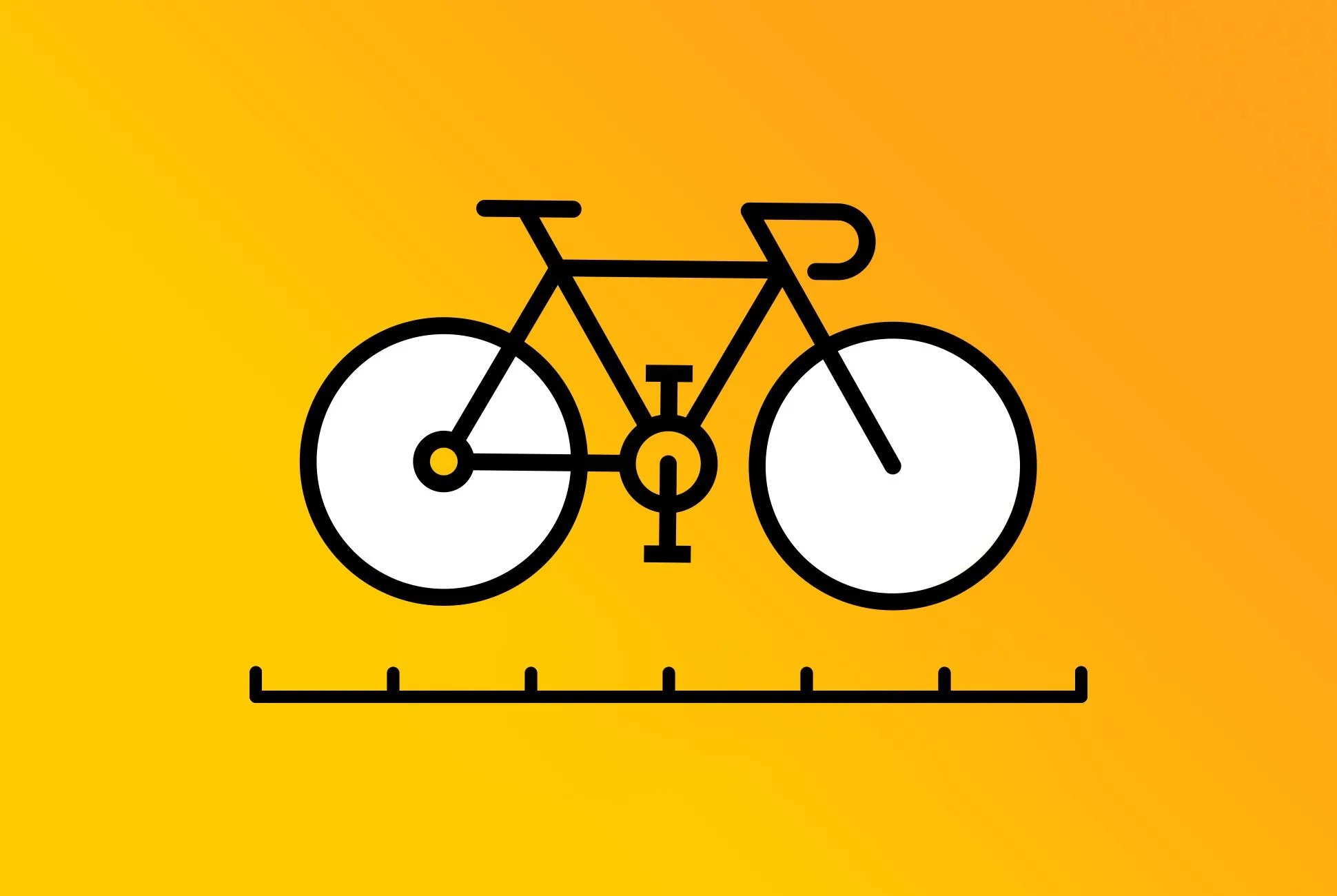Road biking is a never-ending pursuit of perfection. A better bike, a better time up your favorite climb, better form, a better kit, a better route — the struggle is real. When it comes to cycling, however, no struggle is more real than an ill-fitting bike. It can lead to knee pain, back pain, neck pain, numbness and a host of other, more serious injuries.
So how, then, can you avoid these problems and get a more comfortable bike in the process? To find out, we spent a day with Colin Tanner of ACME Bicycle Company in Brooklyn, New York. Tanner has worked with countless cyclists to help fine-tune their bike fit and attain a more comfortable ride.
See a professional. The most important piece of advice we can offer is to seek out a professional bike fitter. While small tweaks can be done yourself, you’ll never be able to get the same exacting fit that a professional can offer. World-class fitters, like ACME, use a host of technologies including Guru fit bikes and Retül — systems that utilize infinitely adjustable bike dimensions and body mapping sensors respectively. This allows them to either tweak your existing bike to get a better fit or recommend a bike off the shelf that meets your needs and specifications.
Fix your posture. While there is no substitute for a professional fit, many feelings of discomfort and soreness simply result from improper riding structure. To get a feel for how you should be sitting on your saddle, stand with your feet about as wide apart as they would be when clipped into your pedals. Bend your knees slightly and lean forward, keeping your back as straight as possible. You should feel the muscles in your lower back activate, along with those in your core. Sticking to this body position while on the bike will help to take the stress off your vertebrae, which is induced by leaning over and bending your spine. It also helps to keep your chest open, allowing for more efficient oxygen intake.
Start with the saddle. If possible, try out a number of different saddles. Everyone’s body is shaped differently; what’s most comfortable for Chris Froome probably isn’t what’s most comfortable for you. Comfort is subjective, so the more saddles that you can try, the better. Tanner personally recommends Pro’s Stealth saddle, but it may not work for everyone. Saddles with center cutouts tend to be more comfortable when you’re sitting in the correct position with the correct posture on the bike.

Then adjust your handlebars. As with saddles, it’s best to try out a number of different stem lengths if possible. While sitting with the correct posture, you should be comfortable reaching for the bars without putting too much weight on your hands. If you feel like you’re using too much muscle in your shoulders, or there’s too much weight on your hands, try adjusting your stem up or down using spacers and swapping to a shorter stem.

